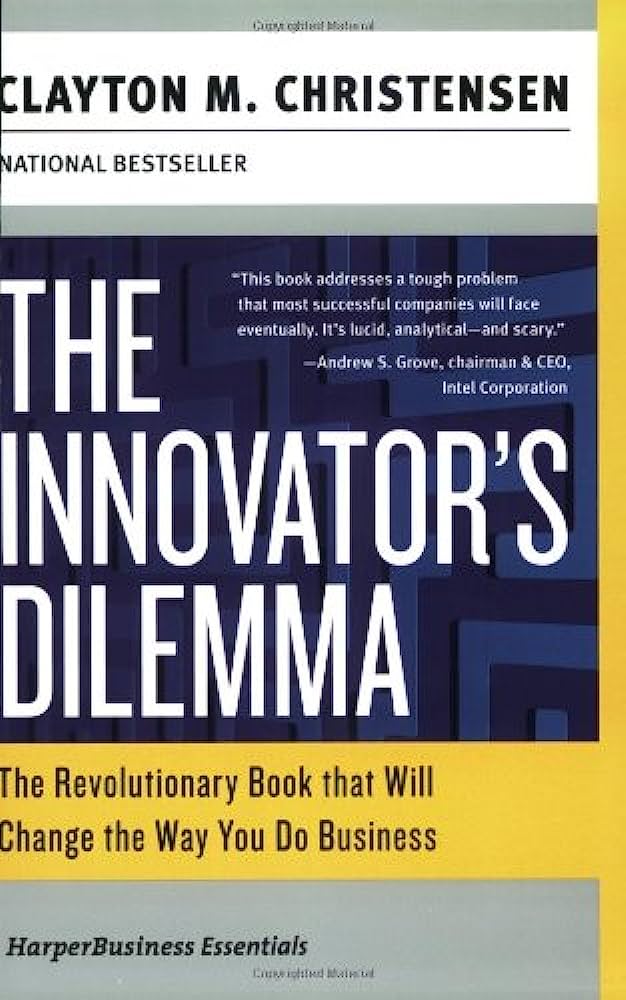Game-Based Marketing
RATING


This generation has become a generation of gamers. People play games everywhere and through all kinds of mediums – phones, tablets, online, through game consoles. It is no surprise, then, that games have become a possible outlet for marketing and business endeavors. Gabe Zinchermann and Joselin Linder explore the concept of game-based marketing, discussing its implementation in various industries. Visiting the mashup of business and games through airlines, McDonald’s, and games themselves, the authors pen a compelling introduction to the world of game-based marketing.
The concept of game-based marketing is an interesting topic that has merit and potential to play a huge role in emerging business trends. With gaming growing as part of society, the ability to integrate gaming concepts into business principles is an opportunity to create a familiar environment for consumers. Not only that, but gaming is an engaging subject that builds both interest and attention. There were also references to establishing customer loyalty through game-based programs and recurring promotions.
This is simply a case where a great topic is mauled by terrible writing and repetitive, vague details. An elementary investigation of the topic at best, the author spends more time glazing over details and merely sampling different gamification concepts rather than truly investigating and analyzing the benefits of gamification. Primarily the authors have an infatuation with frequent flier miles, as it becomes a central topic throughout the book. There is an intoxicating sense of doubt and disdain as the examples of gamification are presented with overwhelming focus placed on failures rather than successes. A heavy amount of editing and revisiting of topics is necessary before this book can be considered useful in the business community. As an alternative, we suggest Game Frame: Using Games as a Strategy for Success or Game On: Energize Your Business with Social Media Games, two quality books on games and the business world.
Harness the power of games to create extraordinary customer engagement with Game-Based Marketing.
Gamification is revolutionizing the web and mobile apps.
Innovative startups like Foursquare and Swoopo, growth companies like Gilt and Groupon and established brands like United Airlines and Nike all agree: the most powerful way to create and engage a vibrant community is with game mechanics. By leveraging points, levels, badges, challenges, rewards and leaderboards – these innovators are dramatically lowering their customer acquisition costs, increasing engagement and building sustainable, viral communities.
Game-Based Marketing unlocks the design secrets of mega-successful games like Zynga’s Farmville, World of Warcraft, Bejeweled and Project Runway to give you the power to create winning game-like experiences on your site/apps. Avoid obvious pitfalls and learn from the masters with key insights, such as:
- Why good leaderboards shouldn’t feature the Top 10 players.
- Most games are played as an excuse to socialize, not to achieve.
- Status is worth 10x more than cash to most consumers.
- Badges are not enough: but they are important.
- You don’t need to offer real-world prizing to run a blockbuster sweepstakes.
And learn even more:
- How to architect a point system that works
- Designing the funware loop: the basics of points, badges, levels, leaderboards and challenges
- Maximizing the value and impact of badges
- Future-proofing your design
- Challenging users without distraction
Based on the groundbreaking work of game expert and successful entrepreneur Gabe Zichermann, Game-Based Marketing brings together the game mechanics expertise of a decade’s worth of research. Driven equally by big companies, startups, 40-year-old men and tween girls, the world is becoming increasingly more fun.
Are you ready to play?
Due to the lack of real content in this book, it only can serve as an introductory book for those who are not familiar with game-based marketing or its uses. In terms of actual application, it is best to research further before taking any sort of action based on the book’s claims.

This book is a research based work at best, but the research is one dimensional and can use further investigation.
See content on this topic

Sales training for front line along with basic development and coaching principles for line management.
Understanding branding and communications from the standpoint of emotional engagement and building relevant and meaningful dialogue with customers.
This course covers a complete view of customer touch points (both physical and virtual) and a unique model for standardizing and managing customer contact models across channels including approaches for customer feedback, quality management, and migration.
Understand how the innovation process changes moving from functionality and channel design to a process focused on creating value for customers.
Experiential Branding & Communications – Improving Brand Integration Through Emotional Engagement.
This course covers a complete view of customer touch points (both physical and virtual) and a unique model for standardizing and managing customer contact models across channels.
Understand the value of a customer-oriented analytics package and how behavioral scenarios can be used to improve profitability through influencing behavior and usage.
To understand the principles of game dynamics and learn how to effectively use the elements of gamification in business: to involve customers, employees and contractors in the process.
Understanding branding and communications from the standpoint of emotional engagement and building relevant and meaningful dialogue with customers.
This course covers a complete view of customer touch points (both physical and virtual) and a unique model for standardizing and managing customer contact models across channels including approaches for customer feedback, quality management, and migration.
Experiential Branding & Communications – Improving Brand Integration Through Emotional Engagement.
This course covers a complete view of customer touch points (both physical and virtual) and a unique model for standardizing and managing customer contact models across channels.




 Copy Link
Copy Link
 E-mail
E-mail
 LinkedIn
LinkedIn
 Facebook
Facebook
 Telegram
Telegram
 WhatsApp
WhatsApp















 Go Back
Go Back
Leave a Reply
You must be logged in to post a comment.